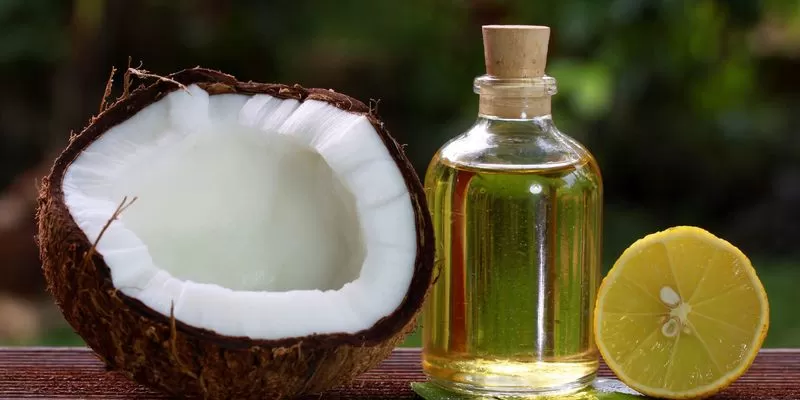
Comparing Palm and Coconut Oil
Many oils are often extracted, if not from one «source», then at least from similar ones. This is exactly the case with coconut and palm. They often side by side on store shelves and raise a reasonable question among consumers: what is the difference between them? This question was answered by our experts.

Similar Features
First of all, it should be understood that coconut and palm oils are products of different origin. They differ not only in their characteristics and composition, but also in the raw materials used for their manufacture.
What is palm oil? It is a product obtained from the fleshy part of the fruit of the oil palm. The pulp is processed by a press and the output is a useful pomace. Such production does not require large financial costs, is characterized by low labor costs and has acquired simply incredible proportions. By the way, this method of obtaining palm oil is much more profitable than the production of a product from the seeds of palm fruits, although, of course, palm kernel pomace also has a place to be.
Coconut oil is obtained from the fruits of the coconut tree. Only nut pulp is used and it is extracted by pressing: cold pressing is considered the most expensive and retains the maximum amount of valuable substances. This method of production is not mass-produced and is always expensive.
If we talk about similar features, then both species are united only by the fact that they grow in countries of tropical origin and are produced from plants of the Palm family. And, more importantly: both coconut and palm oils are slightly susceptible to oxidative processes, which means that the product does not become rancid very soon.
Main differences
Let us consider in detail the main characteristics of coconut and palm oils, which are actually not similar to each other.
|
|
|
|
|
|
Has a heavy texture. In liquid form, it has practically no color, when solidified, it changes color to white or yellowish.
|
It has a reddish tint due to the large amount of carotenoids in the composition. It has a rather pungent odor, which quickly disappears after mixing with other components.
|
|
|
Contains a small amount of vitamin E, but a lot of vitamin K
|
Contains a huge amount of tocopheronol (vitamin E) — a powerful natural antioxidant, as well as carotenoids (forming vitamin A)
|
|
|
Almost 90% consists of saturated fatty acids — this can contribute to the development of cardiovascular diseases
|
The ratio of saturated fats to unsaturated fats is approximately 50/50
|
|
|
It is actively used in cooking: for baking (added to confectionery fat), snacks, salads, baby food, suitable for frying. Used in cosmetology for hair and body care
|
It is added to products before industrial processing (semi-finished products, ice cream, etc.), often used instead of butter, because it does not melt at home and perfectly retains saturated fats in its composition. It is actively used to care for the skin of the body and head, nails.
|
Benefit and harm
Although saturated fats are considered healthy on their own, when consumed in large quantities, the risk of reducing the quality of the heart muscle and worsening the condition of blood vessels increases. This is due to the ability of the component to increase the level of «bad» cholesterol.
The most dangerous oils for the body are those that have been partially hydrogenated. The whole problem is the presence of trans fats (added by almost every manufacturer), which can provoke diabetes and obesity. Such products, unfortunately, are too often found on store shelves, so you need to carefully read the composition on the packaging and choose the product that was made in a gentle way.
On the other hand, with moderate use of coconut and palm oils, saturated fats in their composition will only benefit the body: they improve the absorption of vitamins, increase the production of hormones, and are an important participant in most metabolic processes.
ON A NOTE. Coconut oil contains a considerable amount of lauric acid, which stimulates the absorption of the product in the intestines. Everything is more complicated with palm oil: it cannot be completely absorbed, which leads (when used in large quantities) to slagging of the body.
Добавить комментарий
Для отправки комментария вам необходимо авторизоваться.